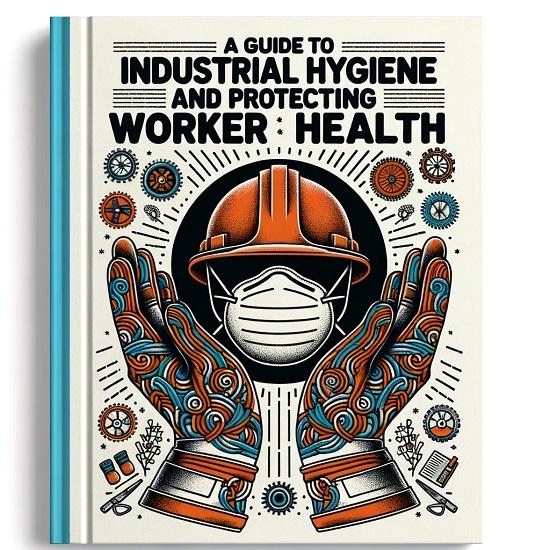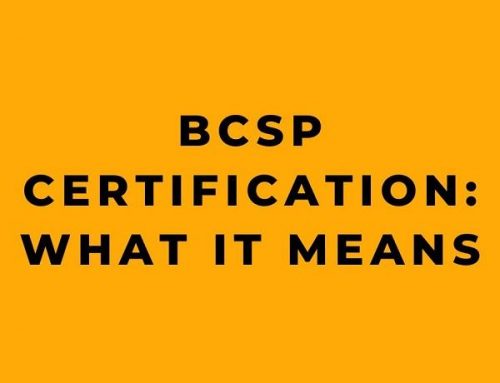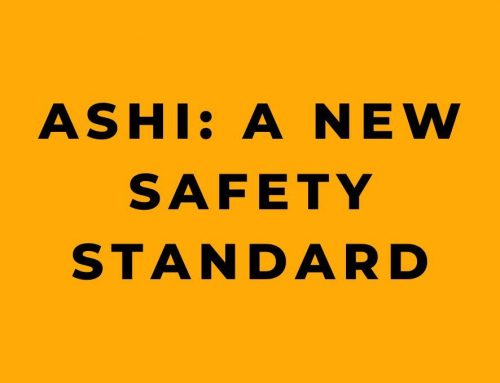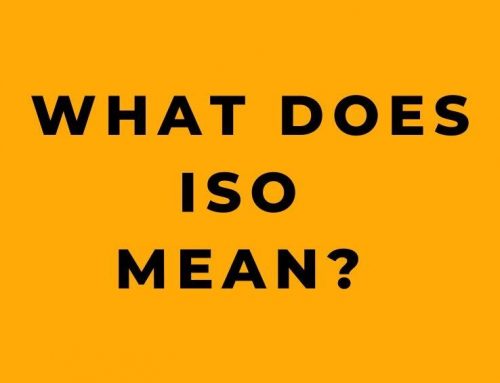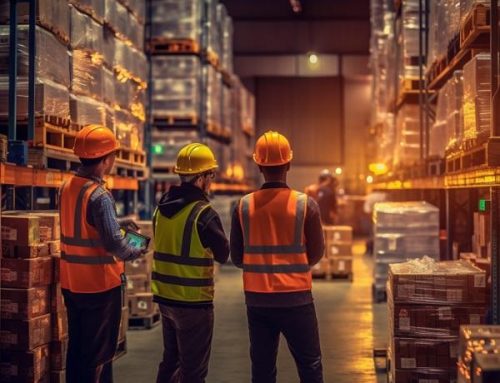Introduction:
This article provides a comprehensive overview of industrial hygiene, which is the science of anticipating, recognizing, evaluating, and controlling environmental factors in the workplace that could cause illness, impaired health and well-being, or significant discomfort for workers. The information covered is adapted from an online training course on introduction to industrial hygiene. Read on to learn about the role of industrial hygienists, the types of hazards they address, and the methods they use to protect the health and safety of workers.
What is Industrial Hygiene?
Industrial hygiene has been defined as “the science and art devoted to the anticipation, recognition, evaluation and control of those environmental factors or stresses arising in or from the workplace, which may cause sickness, impaired health and well-being or significant discomfort among workers or the citizens of the community.”
More simply put, industrial hygiene is the science of protecting and enhancing the health and safety of people at work and in their communities. An industrial hygienist’s role focuses on:
- Recognizing, anticipating, and evaluating workplace hazards
- Developing or recommending methods to control these hazards
Much of industrial hygiene involves taking measurements of hazards like noise levels, chemical concentrations, and air quality.
Conducting a Workplace Analysis
When an industrial hygienist is assigned to a facility, they will initially perform a “workplace analysis” to identify jobs and workstations that may pose health risks. This involves:
- Examining the workplace to identify current hazards
- Identifying potential future hazards
The hygienist analyzes the hazards and investigates ways to eliminate or control them to achieve risk levels that are “as low as reasonably achievable.” If risks still remain that could harm employees or the community, the hygienist determines what protections are needed to control the hazards and protect safety.
Controlling Workplace Hazards
Industrial hygienists use a hierarchy of controls to address workplace hazards:
- Administrative Controls: Adjusting how tasks are scheduled to minimize exposure to hazards. For example, scheduling high-exposure tasks when fewest workers are present.
- Engineering Controls: Removing the hazard at its source or isolating the worker from the hazard. Examples include replacing toxic chemicals with safer alternatives, installing ventilation systems, and enclosing processes.
- Work Practice Controls: Changing how tasks are performed to increase safety. This includes inspecting equipment, implementing good housekeeping, and using safe lifting techniques.
- Personal Protective Equipment (PPE): Using protective gear like respirators, gloves, and safety glasses when other controls are not enough to mitigate the hazard.
Industrial hygienists must continue to monitor implemented controls to ensure procedures are adjusted based on changes in tasks or materials used.
Types of Hazards Addressed
Industrial hygienists primarily deal with five types of workplace hazards:
Physical Hazards Physical hazards that are often measured and addressed include:
- Noise
- Vibration
- Lighting levels
- Temperature
- Ionizing and non-ionizing radiation
Methods for controlling physical hazards include using quieter equipment, enclosing noisy machinery, installing sound-absorbing materials, maintaining safe lighting levels, ensuring adequate ventilation, limiting exposure times, increasing distance from sources, and installing shielding.
Chemical Hazards
Determining what hazardous chemicals are present and evaluating their risks is a significant part of an industrial hygienist’s role. Chemicals hazards can exist in solid, liquid, gas, vapor, dust or aerosol form. Their risks depend on the substance’s toxicity, the amount/duration of exposure, and how exposure occurs (inhalation, skin/eye contact, ingestion). Risk information can be found on the chemical’s Safety Data Sheet (SDS).
Biological Hazards
Industrial hygienists must be aware of biological hazards like bacteria, viruses, and fungi. Common sources are plants, animals, food processing, healthcare, and laboratories. Methods of control include education on hygiene practices, exposure response plans, proper PPE, ventilation, isolation of infected persons, and safe disposal of infectious waste.
Ergonomic Hazards
Ergonomic hazards include repetitive motions, difficult lifting, excessive vibration, and eye strain. These can be caused by increased line speeds, specialized repetitive tasks, and poorly designed workstations or processes. Solutions include workstation redesign, improved lighting, use of ergonomic tools, task rotation, more breaks, and assisted lifting equipment.
Air Contaminants
Industrial hygienists evaluate exposures to particulate contaminants like dusts, fumes, and mists as well as toxic gases. Controls focus on limiting the release of contaminants and proper ventilation. Proper PPE is used when needed.
The Industrial Hygienist’s Role in Protecting Workers
While an industrial hygienist’s job may seem complex, their goals are simple: keep workers safe and healthy every day. This is accomplished by:
- Evaluating work environments
- Identifying hazards
- Implementing controls to eliminate or reduce hazards
By applying the science of industrial hygiene, workers can be protected from countless health and safety hazards.
Having thoroughly explored the complexities of industrial hygiene, from the pivotal role of an industrial hygienist to the types of hazards they navigate and control, it’s clear that safeguarding workers’ health is a multifaceted challenge. Whether it’s administering administrative controls, engineering solutions, or ensuring the correct use of Personal Protective Equipment, the objective remains the same: a safe, risk-free work environment. Now, knowing is just the first step. The real transformation happens when you apply this knowledge to enact change. That’s where our specialized training comes in.
Are you grappling with the invisible threats that lurk in your workplace? Whether it’s chemical toxins in the air, physical hazards like noise and vibrations, or ergonomic issues that are silently eroding employee health, these threats are not only dangerous but can compromise productivity and well-being.
Enter Our “Introduction to Industrial Hygiene” course—a transformative journey designed to turn you into a guardian of workplace safety and health.
First, let’s unpack the problem at hand:
- Occupational health hazards are not always visible or easily detectable.
- Compliance with regulations is mandatory but often complicated.
- Employees’ long-term health and productivity are at risk.
So, how does our course solve these challenges?
Deep-Dive Analysis: Our course isn’t a mere theoretical overview; it delves deep into Worksite Analysis, helping you recognize, evaluate, and control the myriad health hazards present.
Comprehensive Coverage: From Air Contaminants to Ergonomic Hazards, the course gives you a 360-degree perspective, so no stone is left unturned.
Cutting-Edge Methodology: We combine high-definition videos, real-world examples, audio, text, and vibrant graphics for a captivating learning experience.
Multi-lingual Support: Available in both English and Spanish, because language shouldn’t be a barrier to safety.
Broaden Your Skills: Whether you’re a novice or a seasoned Industrial Hygienist, our course enriches your skills and knowledge, priming you for career growth and industry recognition.
Take action today. Unlock the secrets to a safer, more productive workspace with Our “Introduction to Industrial Hygiene” full-length interactive course.
Don’t leave your employees’ well-being to chance. Click here for a demo or to preview the invaluable topics we cover. Act now, because a safer workplace can’t wait.


